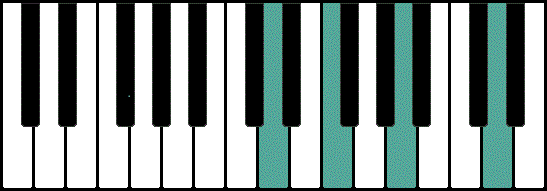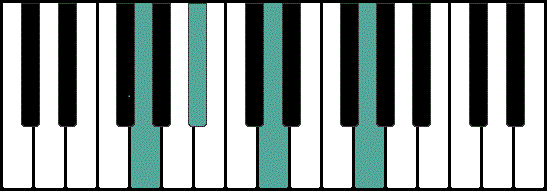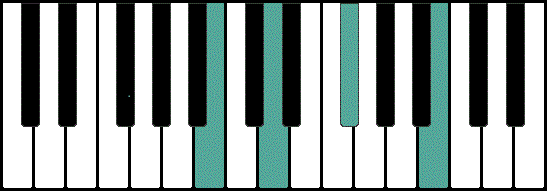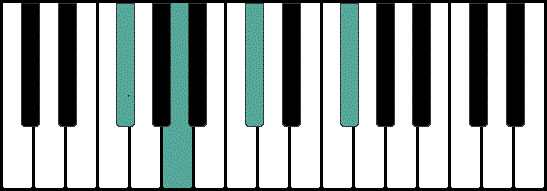Piano Minor Arpeggios
piano
minor
arpeggios
ABRSM exam arpeggios
grade 1 piano-arpeggios
grade 2 piano-arpeggios
grade 3 piano-minor-arpeggios
arpeggios fingering
arpeggios notes
arpeggios structure
free piano-arpeggios
piano-arpeggios chart
arpeggios for beginners

You can find bellow the illustrations of all minor arpeggios with the fingering for each of them and the name of the notes who build up each Arpeggio.
C Minor
Notes: C, Eb, G, C.
R.H. fingering: 1, 2, 3, 5.
L.H. fingering: 5, 4/3, 2, 1.
D Minor
Notes: D, F, A, D.
R.H. fingering: 1, 2, 3, 5.
L.H. fingering: 5, /43, 2, 1.
E Minor
Notes: E, G, B, E,
R.H. fingering: 1, 2, 3, 5.
L.H. fingering: 5, 4/3, 2, 1.
F Minor
Notes: F, Ab, C, F
R.H. fingering: 1, 2, 3, 5.
L.H. fingering: 5, 4/3, 2, 1.
G Minor
Notes: G, Bb, D, G.
R.H. fingering: 1, 2, 3, 5.
L.H. fingering: 5, 4/3, 2, 1.
A Major
Notes: A, C, E, A.
R.H. fingering: 1, 2, 3, 5.
L.H. fingering: 5, 4/3, 2, 1.
B Minor
Notes: B, D, F#, B.
R.H. fingering: 1, 2, 3, 5.
L.H. fingering: 5, 4/3, 2, 1.
C# / Db Minor *
Notes: C#, E, G#, C#.
R.H. fingering: 2, 1, 2, 4.
L.H. fingering: 3/2, 1, 4, 2.
D# / Eb Minor *
Notes: Eb, Gb, Bb, Eb.
R.H. fingering: 1, 2, 3, 5(1).
L.H. fingering: 5, 4, 2, 1.
F# / Gb Minor *
Notes: F#, A, C#. F#,
R.H. fingering: 2, 1, 2, 4.
L.H. fingering: 3, 1, 4, 2.
G# /Ab Minor *
Notes: Ab, C, Eb, Ab.
R.H. fingering: 2, 1, 2, 4.
L.H. fingering: 3, 1, 4, 2.
A#/ Bb Minor *
Notes: Bb, Db, F, Bb
R.H. fingering: 2, 3, 1, 2.
L.H. fingering: 3, 2, 1, 3.
* These two arpeggios are enharmonically equivalent to one another. That's mean that the sounds who buil them up are identical in sound/pitch, but have a different spelling.
Double-flats and double-sharps are often used as accidentals but placing them in the key signature makes the music generally very hard to read. The Scales who use double-flats in key signature (Db Minor, Gb Minor, Ab Minor) are just Theoretical Scales.












